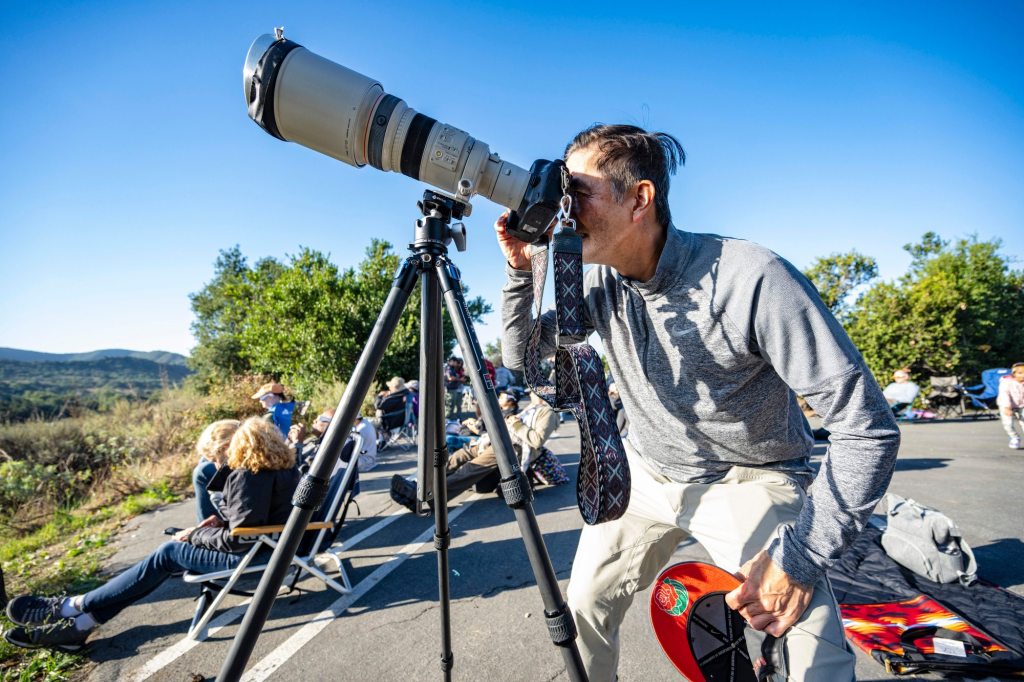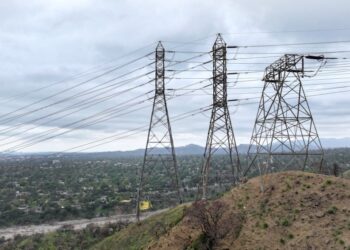In 1913, Albert Einstein sent a letter to George Ellery Hale, founder of the Mount Wilson Observatory, high in the mountains above Pasadena, asking about a research method that could be used to prove his theory of relativity.
According to Einstein’s theory, gravity from a very massive object, like the sun, should bend light around its mass like a lens.
In order to prove this theory, someone needed to observe an object, such as a star, right over the sun’s shoulder. The problem was figuring out how to observe the sun and stars at the same time.
Enter eclipses.
Six years after Einstein’s letter, astronomers Frank Watson Dyson and Arthur Stanley Eddington proved Einstein’s theory during an eclipse over the island of Principe, off the west coast of Africa.
Solar Eclipse 2024: April’s event eclipse is worth the watch. Here’s how to stay safe
Generations later, scientists have been giddy lately, as Monday’s total solar eclipse approaches.
And by just after 11 a.m. PDT on Monday, they’ll be beyond giddy. That’s when the Earth’s familiar Sun will begin disappearing for people in North America as the total solar eclipse enters the continent through Mexico’s Pacific Coast.
From there, the “path of totality”, the band where the sun is completely blocked from view, will cut diagonally across the continent, delighting U.S. viewers from Texas to Maine. All told, the totality will pass over 13 U.S. states, and at least a partial eclipse will be visible from all 50, within eyeshot (though do not look at it directly) of 99% of the U.S. population.
For scientists, eclipses open up unique research opportunities, which conjure up the great questions of the cosmos.
For proving Einstein’s theory of general relativity, of course, an eclipse was a powerful place to start.
“Historically, it was the only way that you could observe certain parts of the Sun, simply because the sun is so very bright,” said Christopher Burns, a volunteer telescope…
Read the full article here







